Unveiling the Fascinating World of Salsa: Top Interesting Facts
Many of those who dance Salsa have most likely asked the question, when and how did Salsa appear? The emergence of Salsa as a dance, direction of music, and culture was preceded by many different directions. Salsa is a mixture of various genres of music and dance rhythms of the Caribbean countries. All turns and rhythms combine the flavors of different countries, such as Cuba, Puerto Rico, Venezuela, Colombia, and Panama. Today, let's take a look at some interesting facts about this dance.
Salsa as a culture
Salsa is a vibrant dance style with roots in several Caribbean and Latin American countries. Its development is traced back to the early 20th century. It has a rhythm of a combination of two cultures — African and European. Salsa has developed over a long time as a culture and a direction in music and dance by absorbing various styles. It’s native to Cuba but has become famous far beyond its borders. The world dances this unique and fiery dance at competitions and festivals.
Top interesting facts
Let's look at some interesting facts to know this dance better. We have made a selection of the top 5 facts for you:
Many people probably know that Salsa means "sauce" in Spanish. The most famous one tells that the famous American musician Tito Puente, looking at a completely new dance that combines seemingly familiar movements from different directions, exclaimed: "What a sauce!"
There are many styles and compositions, but the main ones are Circular (Cuban Casino, Dominican, Colombian) and Linear (New York, Los Angeles, London, Palladium, Puerto Rico).
Salsa is traditionally considered a couple's dance. Still, it’s not completely true. There is a variation of Salsa known as Salsa Suelta, in which each dancer dances individually in a group of men standing before women. Another form is the so-called Salsa rueda de casino, which is partly a solo dance — in it, several couples dance, changing partners in a circle.
Salsa is an excellent substitute for regular gym workouts. It’s a very active dance that uses many muscle groups. In addition, it helps improve coordination and makes the body more flexible.
Salsa dancing is one of the fastest-paced social dance styles out there, which means it's a great way to get your body moving and burn calories. Salsa music typically ranges from 150 BPM (beats per minute) to 220 BPM, translating to 300–400 calories per hour of burned dancing.
Ultimately, these facts about Salsa might make you want to join a Salsa class. You can be a pro dancer or a novice — still, there can be something brand-new to learn about this magical dance.
